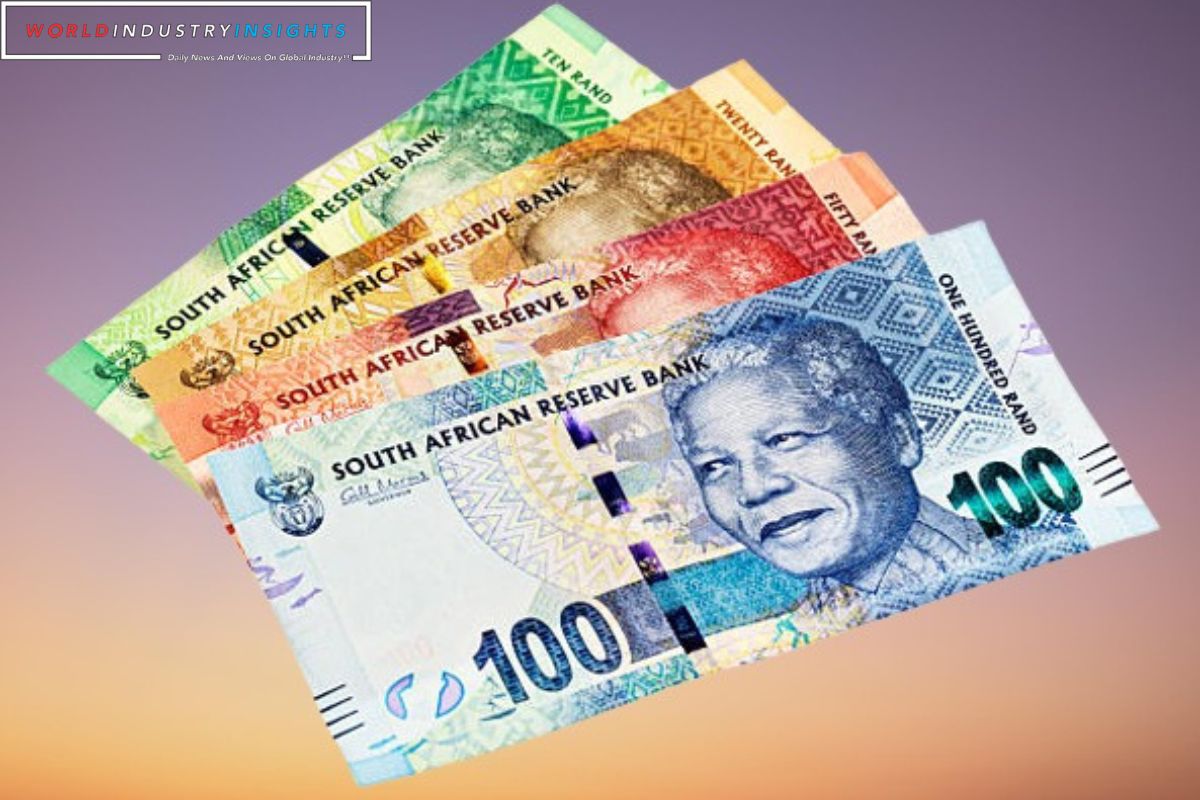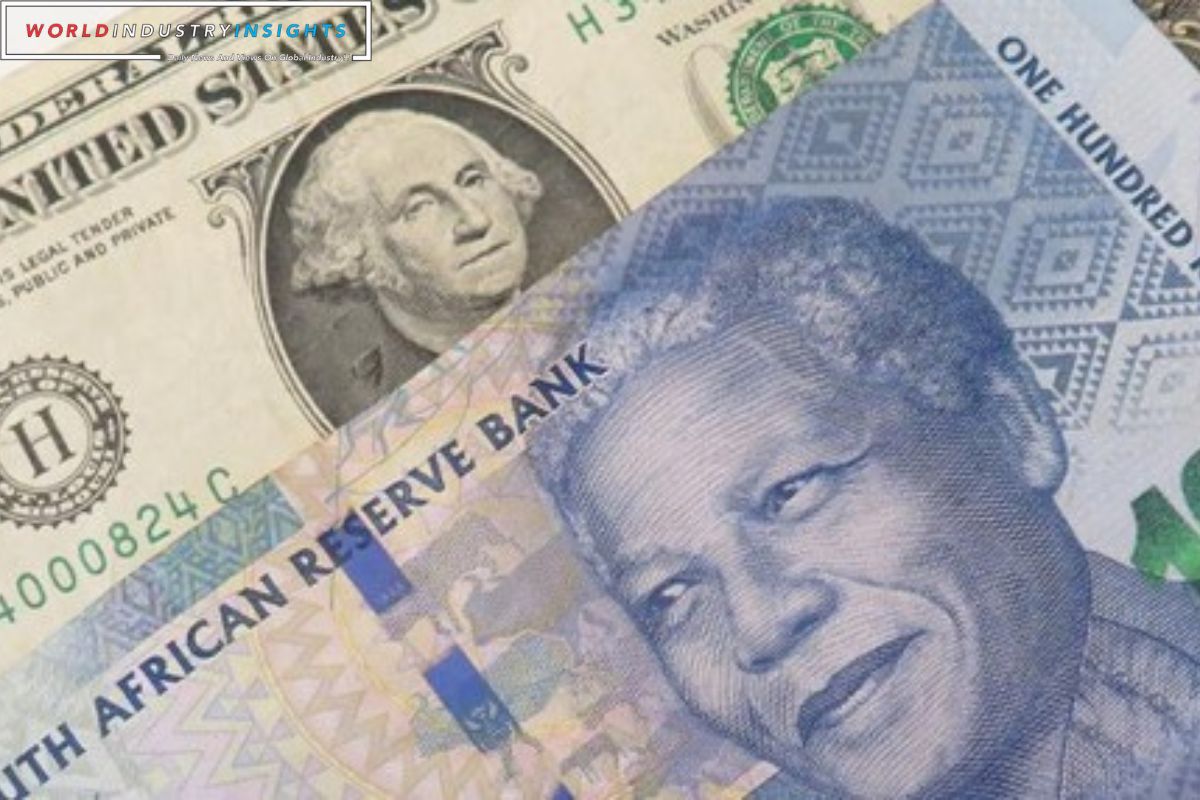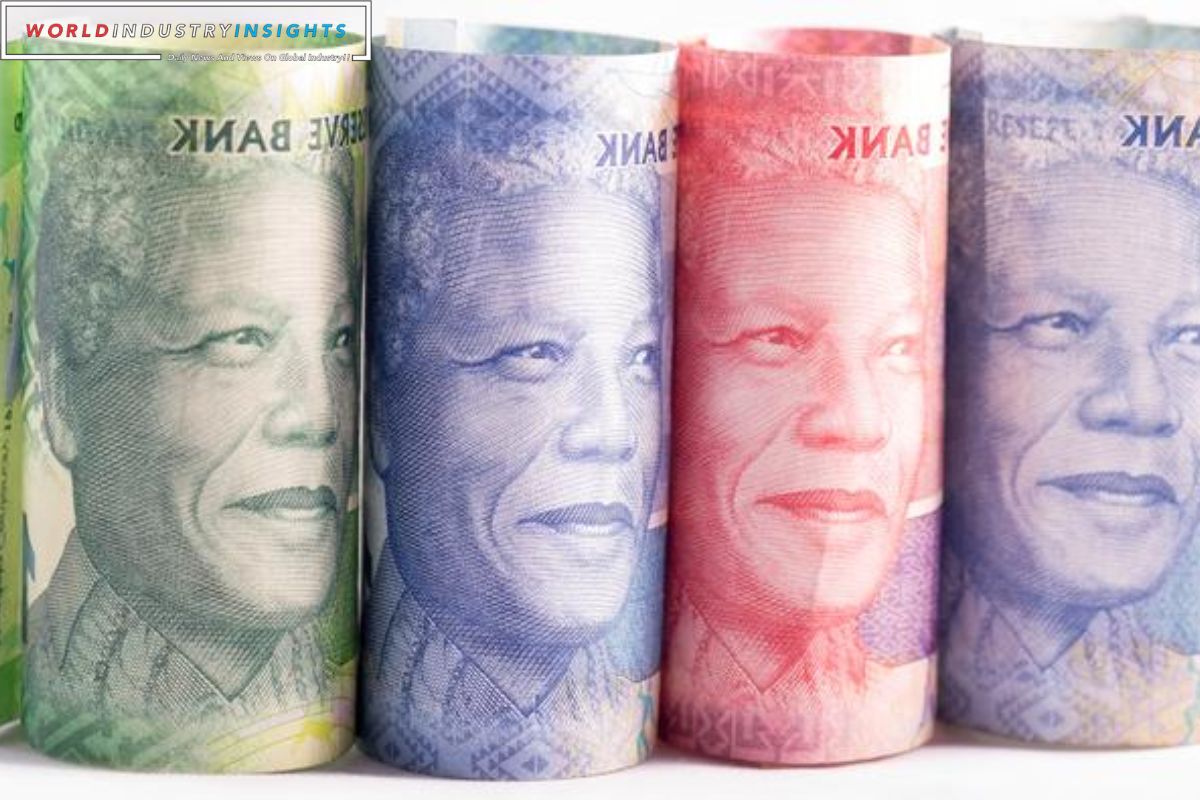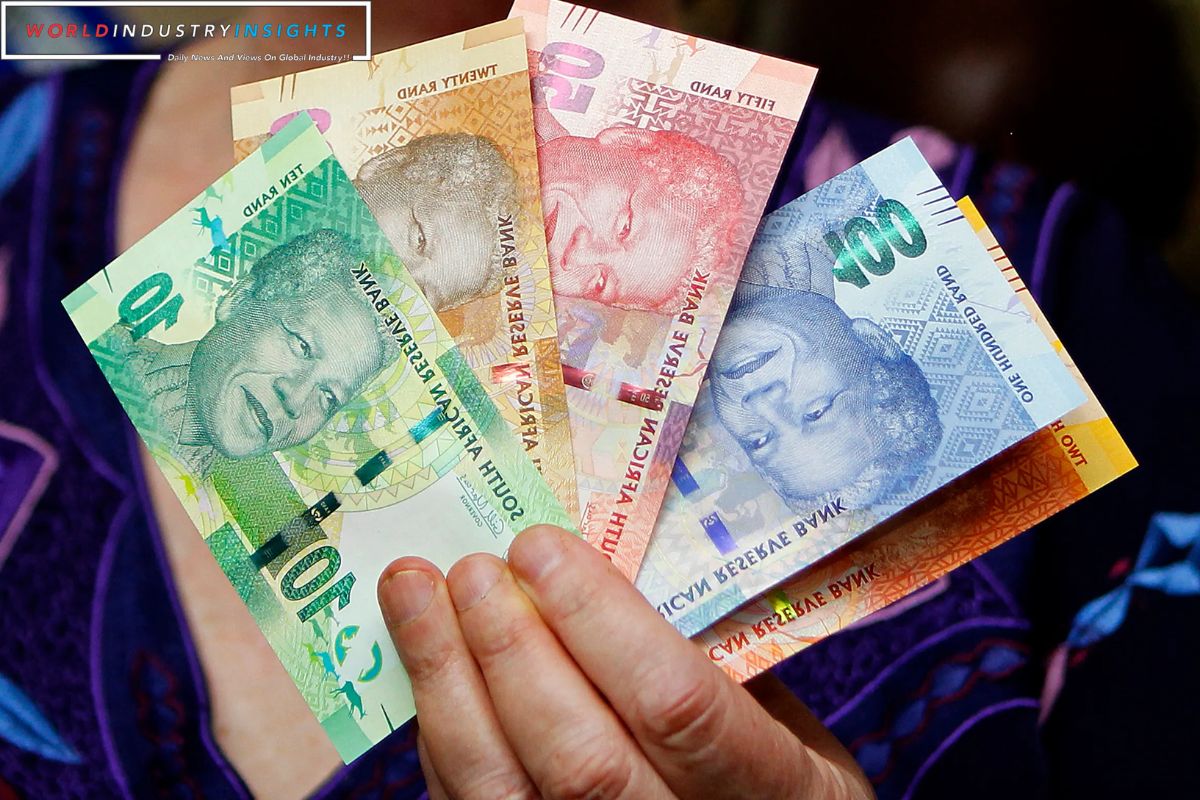South African Rand: Are you ready to navigate the turbulent waters of the South African rand? Brace yourself, because ahead lies a storm of volatility.
The upcoming release of GDP and current account data is set to shake the very foundation of this powerful currency. As an informed investor, you know that these economic indicators hold the key to understanding the rand’s future performance.
Keep a keen eye on the U.S. inflation gauge, as it could have a significant impact on the rand’s value. And don’t forget to consider the South Africa’s benchmark 2030 government bond, a reliable indicator of market sentiment.
Stay ahead of the game by relying on trusted sources like the Smart Investing newsletter. Mastery of this ever-shifting landscape is within your reach, but only if you stay informed and make strategic moves.
Key Takeaways
- The South African Rand slipped on Friday, trading at 18.4075 against the dollar, a 0.2% decrease from the previous close.
- Thin liquidity and the squaring of short dollar positions contributed to the decline, making the rand more vulnerable to sudden fluctuations.
- Investors are closely watching the U.S. core personal consumption expenditures print for clues on the interest rate path, which could further affect the rand’s performance.
- Monitoring the performance of South Africa’s Benchmark 2030 Government Bond is crucial for making informed investment decisions in South Africa.
Also Read: Rand Dollar Exchange: South African Rand Outperforms Amid U.S. Job Data Release
South African rand performance
You will now examine the performance of the South African rand.
The rand slipped on Friday, trading at 18.4075 against the dollar, which is a 0.2% decrease from the previous close. This decline can be attributed to thin liquidity and the squaring of short dollar positions.
The impact of thin liquidity on the currency is concerning, as it indicates a lack of trading activity and makes the rand more vulnerable to sudden fluctuations. As a result, investors are closely watching the U.S. core personal consumption expenditures print for clues on the interest rate path, which could further affect the performance of the rand.
The current volatility of the rand highlights the importance of keeping a close eye on economic data and global market trends to make informed decisions.
U.S. inflation gauge
Anticipate increased volatility for the South African Rand as the U.S. inflation gauge is assessed. The U.S. core personal consumption expenditures print is the Federal Reserve’s preferred measure of underlying inflation. This data holds significant importance for investors as it provides insights into the potential trajectory of interest rates.
Given the lack of local economic indicators, South African investors closely monitor U.S. data for clues about the direction of global monetary policy. The U.S. inflation gauge has the potential to impact the value of the Rand as it influences investor sentiment and risk appetite.
Therefore, keeping a close eye on the U.S. inflation data is crucial for understanding the potential impact on the South African currency.
South Africa’s benchmark 2030 government bond
Investors closely monitor the performance of South Africa’s benchmark 2030 government bond as it reflects market sentiment and provides insights into the perceived risk of investing in the country’s debt. The bond had a weaker performance in early deals, with the yield up 5.5 basis points at 9.830%. This increase in yield suggests that investors are demanding higher returns for holding South African debt, indicating a higher perceived risk.
The bond’s performance is influenced by global factors, such as changes in interest rates and economic indicators, as well as domestic factors, such as political stability and fiscal policies. As a result, fluctuations in the bond’s yield can signal shifts in market sentiment towards South Africa’s economic prospects and the perceived risk of investing in its debt.
It’s crucial for investors to closely monitor the bond’s performance to make informed investment decisions in South Africa.
To continue receiving valuable insights and guidance for optimizing your investment strategies, sign up for the Smart Investing newsletter today. This newsletter is a must-have for any investor who wants to stay ahead of the game. It provides the latest news, strategies, and tips to help you make smarter investment decisions. With the market constantly changing, it’s crucial to stay informed about current trends and developments.
The Smart Investing newsletter does just that, keeping you up to date with all the information you need to know. It offers valuable insights into the market, giving you an edge over other investors. Additionally, it provides guidance to optimize your investment strategies, helping you achieve mastery in the world of investing. Don’t miss out on this invaluable resource sign up for the Smart Investing newsletter today.
| Newsletter Benefits | |
|---|---|
| Latest news, strategies, and tips | Stay informed and make smarter decisions |
| Insights into the market | Gain an edge over other investors |
| Guidance to optimize investment strategies | Achieve mastery in investing |
| Current trends and developments | Stay ahead of the game |
| Valuable insights | Make informed decisions |
Conclusion
In conclusion, it’s crucial to closely monitor the South African rand’s performance in light of upcoming GDP and current account data. The rand’s volatility may be influenced by various factors, including U.S. inflation and South Africa’s benchmark 2030 government bond.
Stay informed and make informed choices to navigate the ever-changing currency market.
Our Reader’s Queries
How much is $1 USD in rand?
Looking to convert US Dollars to South African Rand? Here are the current conversion rates: 1 USD equals 18.53 ZAR, 5 USD equals 92.65 ZAR, 10 USD equals 185.31 ZAR, and 25 USD equals 463.27 ZAR. Need to convert a different amount? Simply use the conversion calculator to get the most up-to-date rates.
Is rand and ZAR the same?
The rand, symbolized as ZAR, is the official currency of South Africa and is used in forex markets.
What does the Z in ZAR stand for?
The ZAR, or Zuid-Afrikaanse Rand in Dutch, is named after the location of South Africa’s primary gold deposits. This currency is divided into 100 cents and is symbolized by the letter R.
What is the symbol R in the South African rand?
The South African Reserve Bank issues the currency of South Africa, known as the South African rand (ZAR). Represented by the symbol R, this currency is divided into 100 cents.




